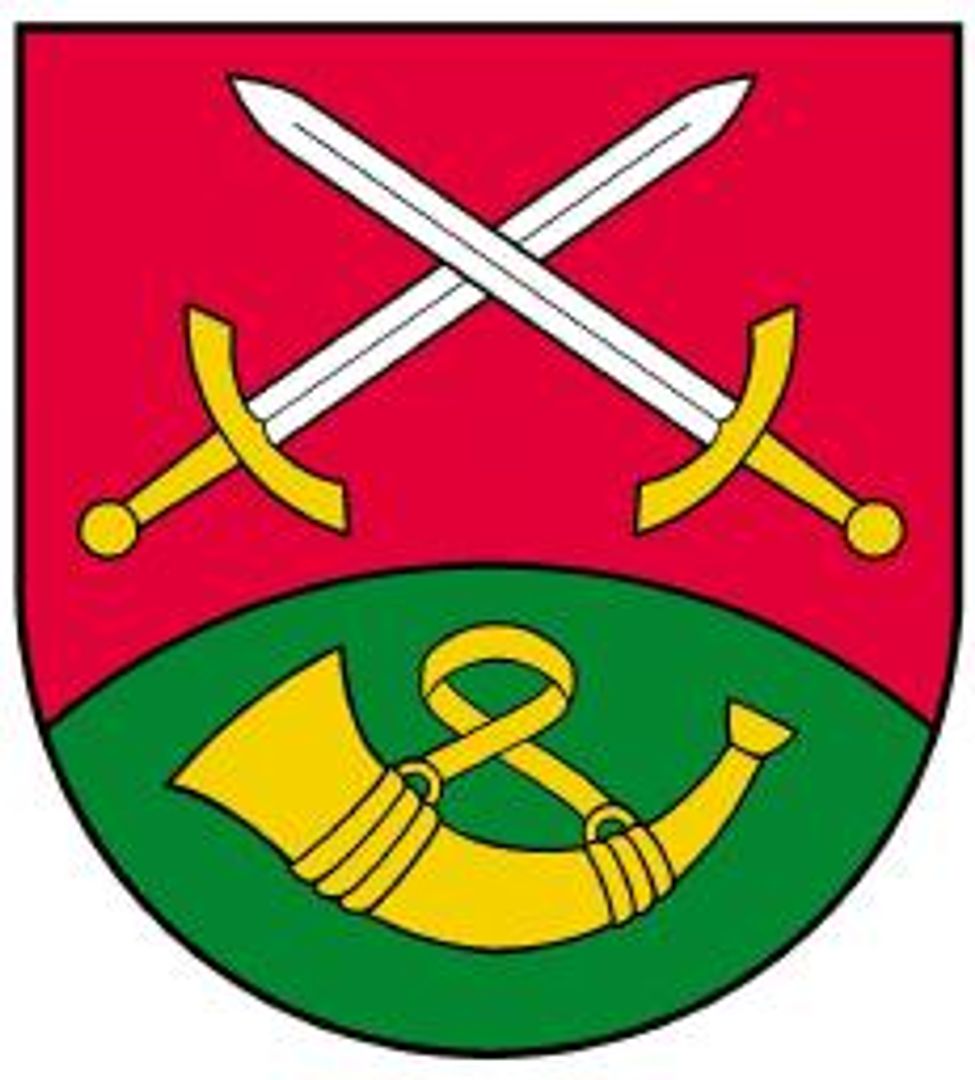Mordarka
6.2

Overview
Mordarka, a village in Poland located in the Lesser Poland Voivodeship, boasts a rich history dating back to its first mention in 1415. Over the centuries, it was owned by various noble families, starting with the Skarbek family, followed by the Jordans of Zakliczyn, the Dydyńskis, and the Dunikowskis. In the 19th century, the village went through various transactions aimed at reclaiming inheritances, eventually becoming the property of the Gibas couple. Mordarka is known for its devotion to Our Lady of Sorrows, which began in 1545 after a statue was brought from Hungary. The village also witnessed battles during the Swedish Deluge and the Galician Slaughter of 1848, when peasants rebelled against the nobility. During World War I, Mordarka was near the Limanowa-Łapanów front, where bloody battles took place. World War II brought tragedies such as the execution of residents and the forced deportation of Jews to concentration camps. After the war, Mordarka became the seat of a local administrative unit (gromada), and from 1975 it belonged to the Nowy Sącz Voivodeship. Among local attractions is the Folk Sports Club Mordarka, and tourists are drawn to the Limanowa-Ski Ski Station. Geographically, the village is situated in the Beskid Wyspowy mountain range, surrounded by picturesque hills and the Mordarka Stream valley. The manor garden with its driveway is listed in the register of historical monuments. The village is the seat of the Roman Catholic Parish of Divine Mercy, and a newly built church was consecrated in 2021. Mordarka is also home to notable figures such as Polish Army Major Kazimierz Biernat and Member of Parliament Stanisław Rakoczy. The village has its own primary school named after Stanisław Wyspiański.
Location
2025 Wizytor | All Rights Reserved